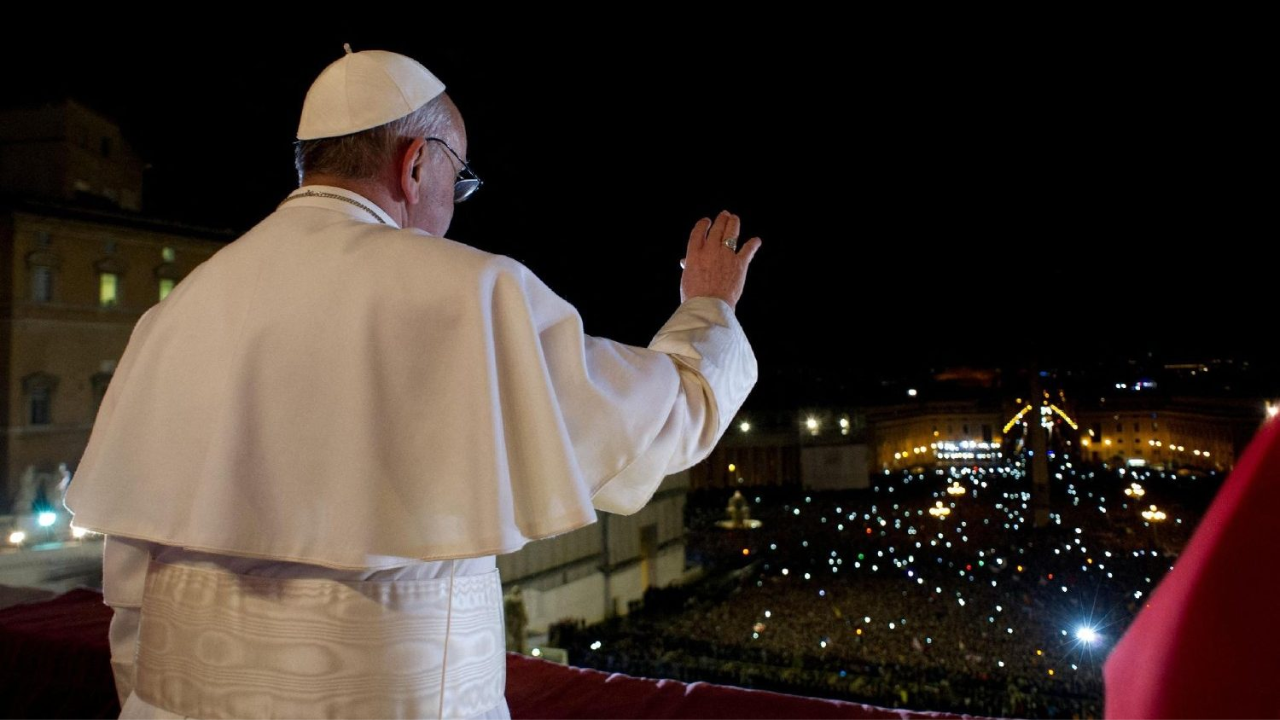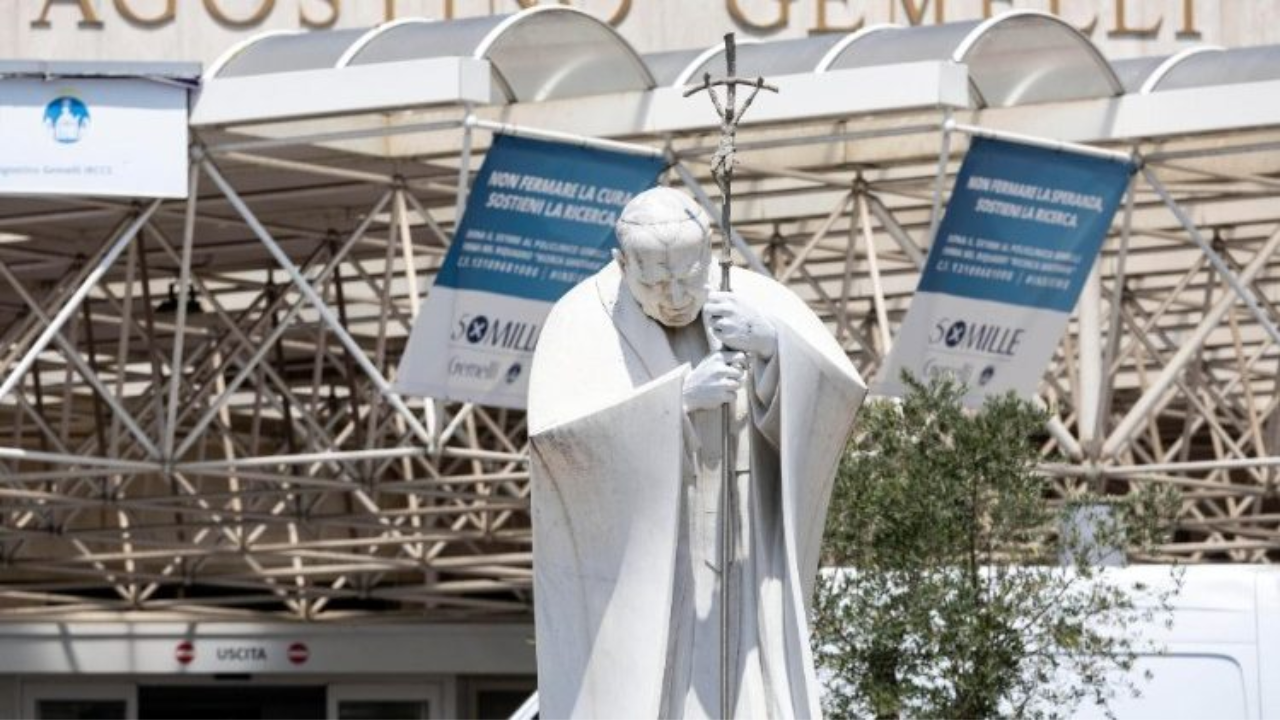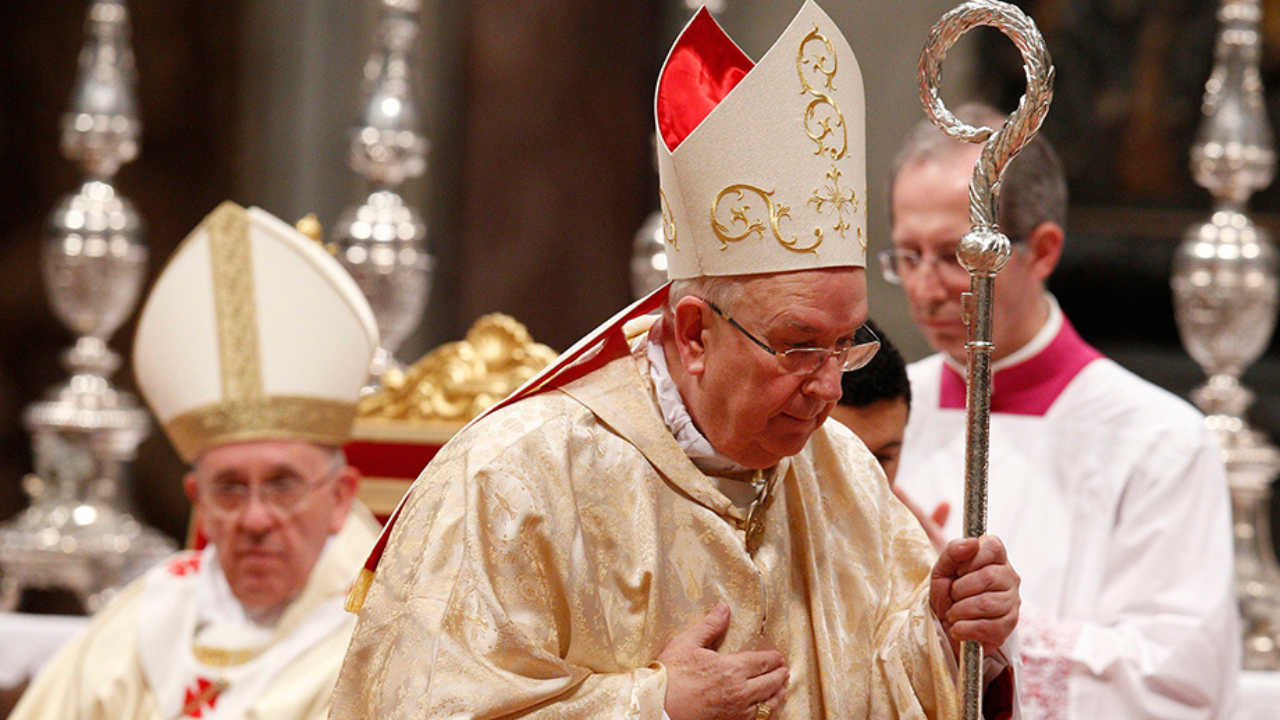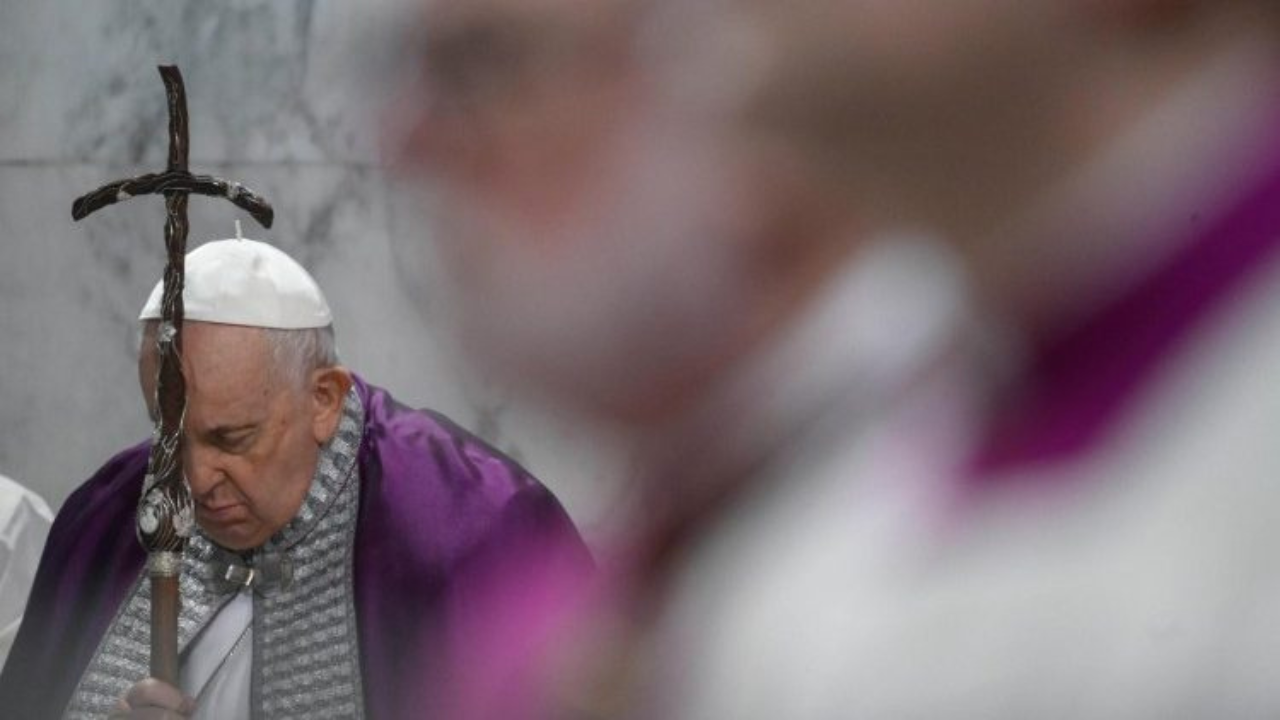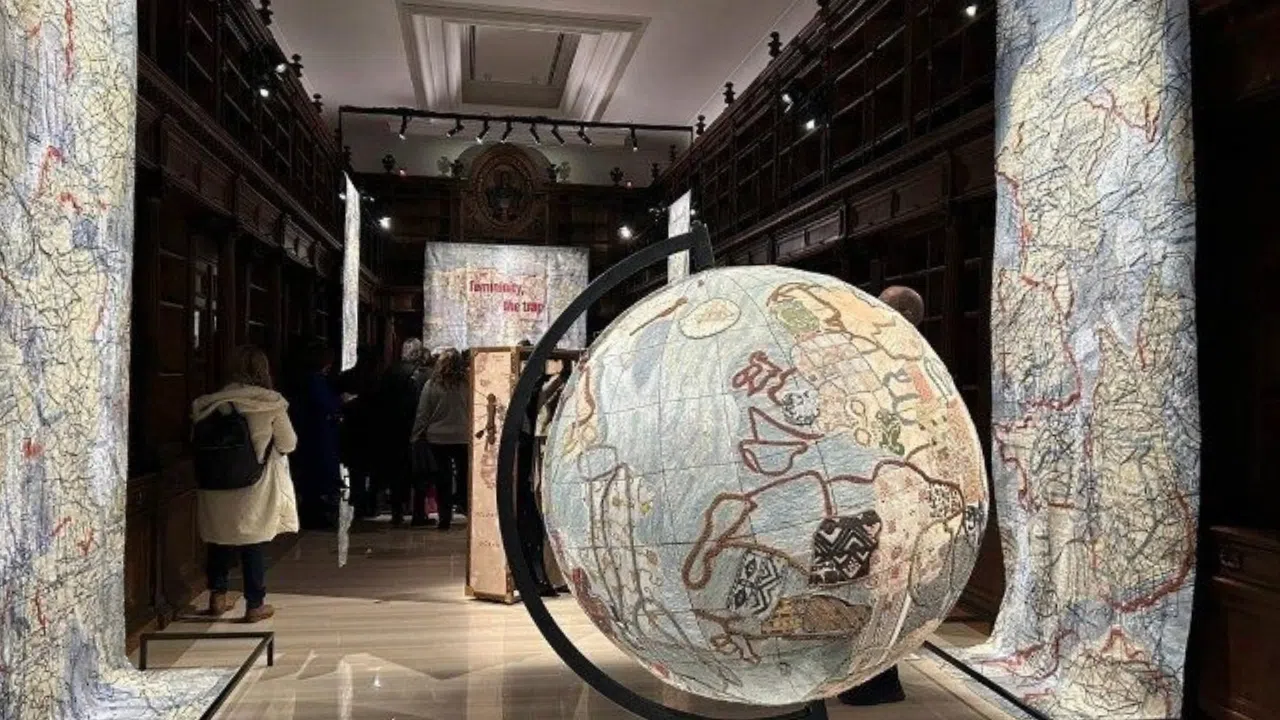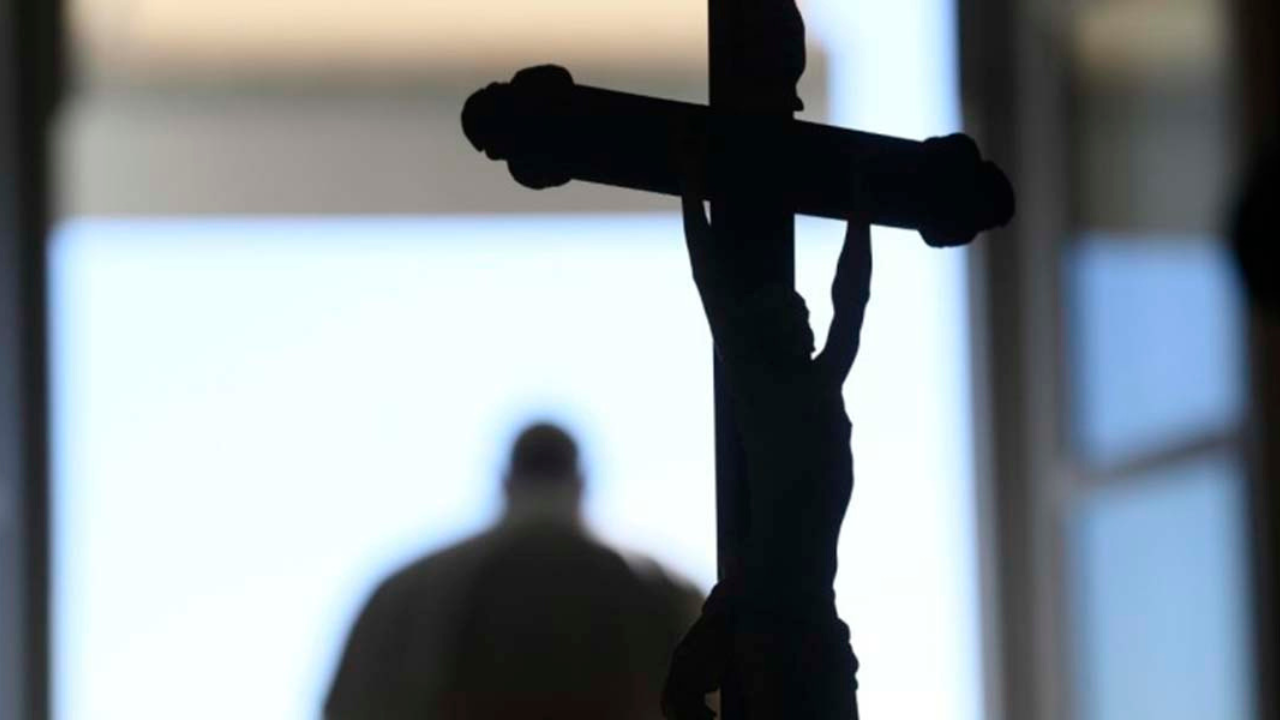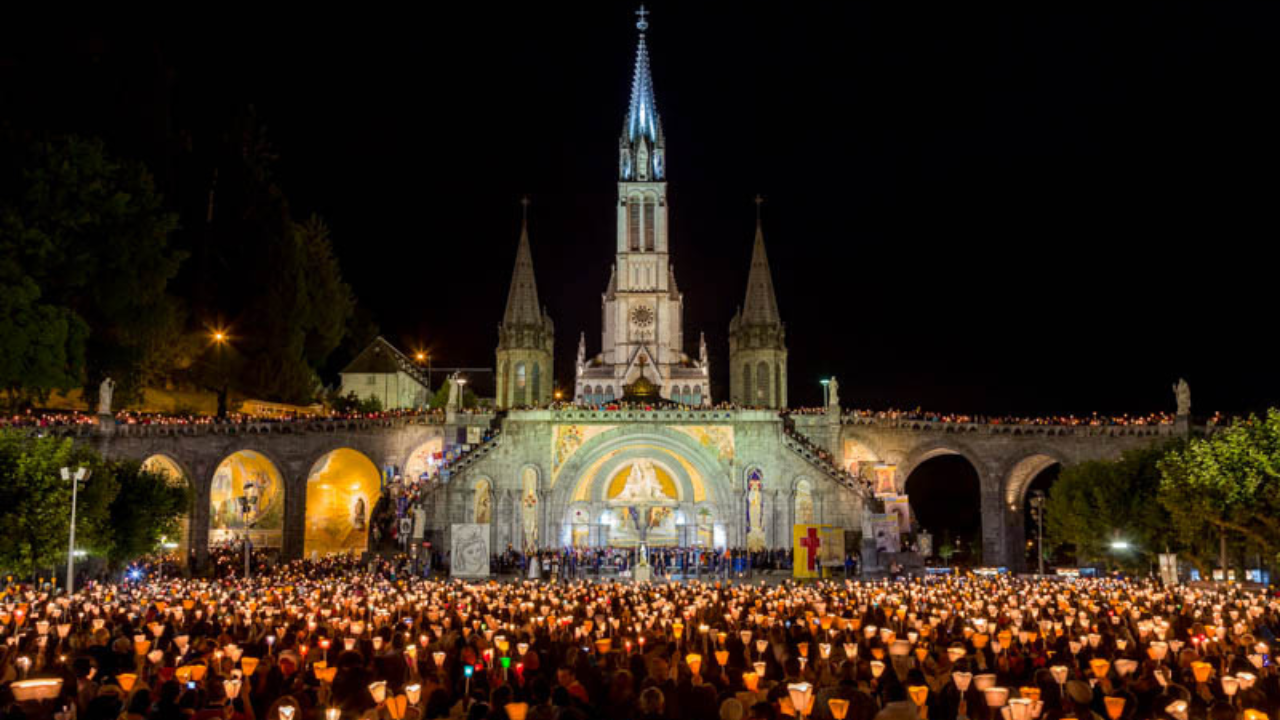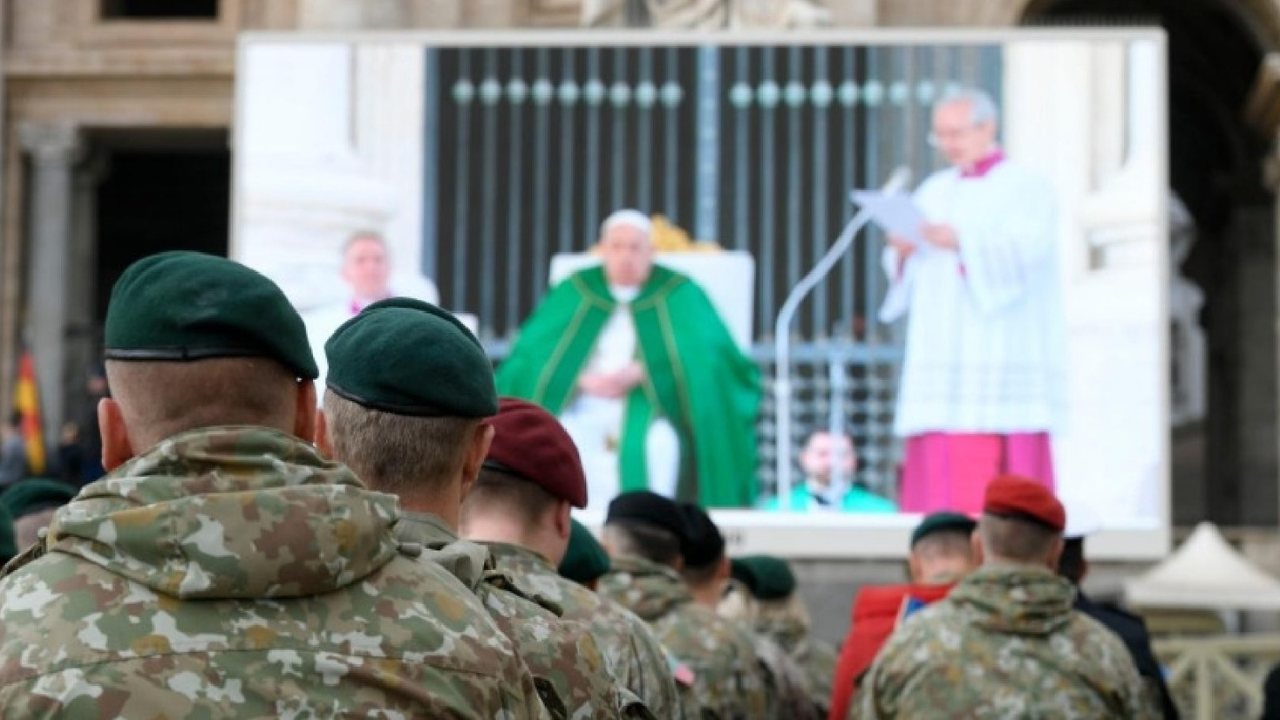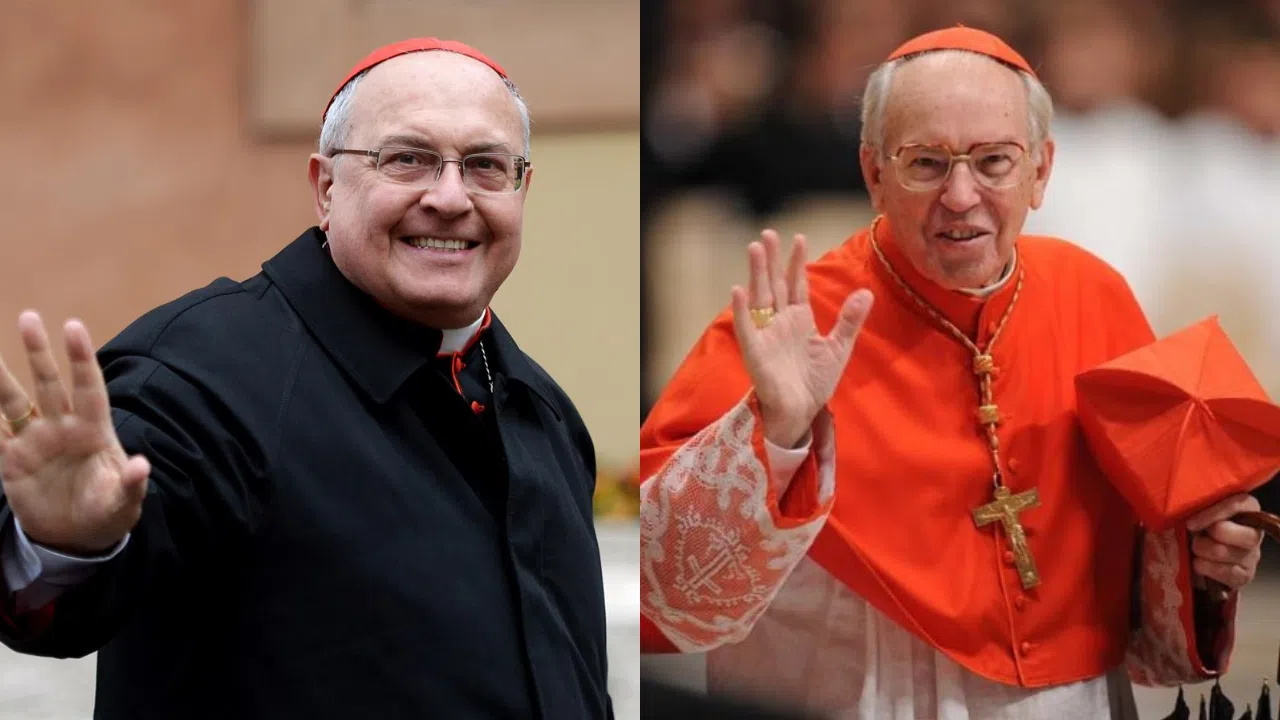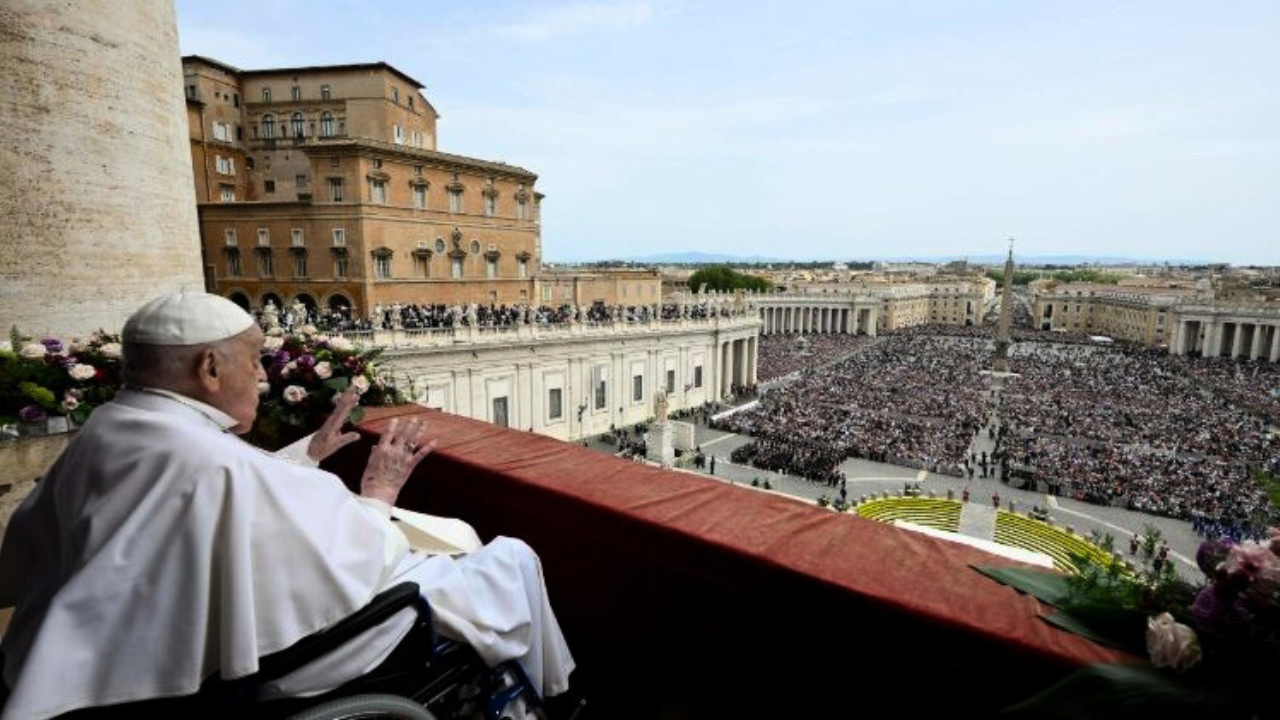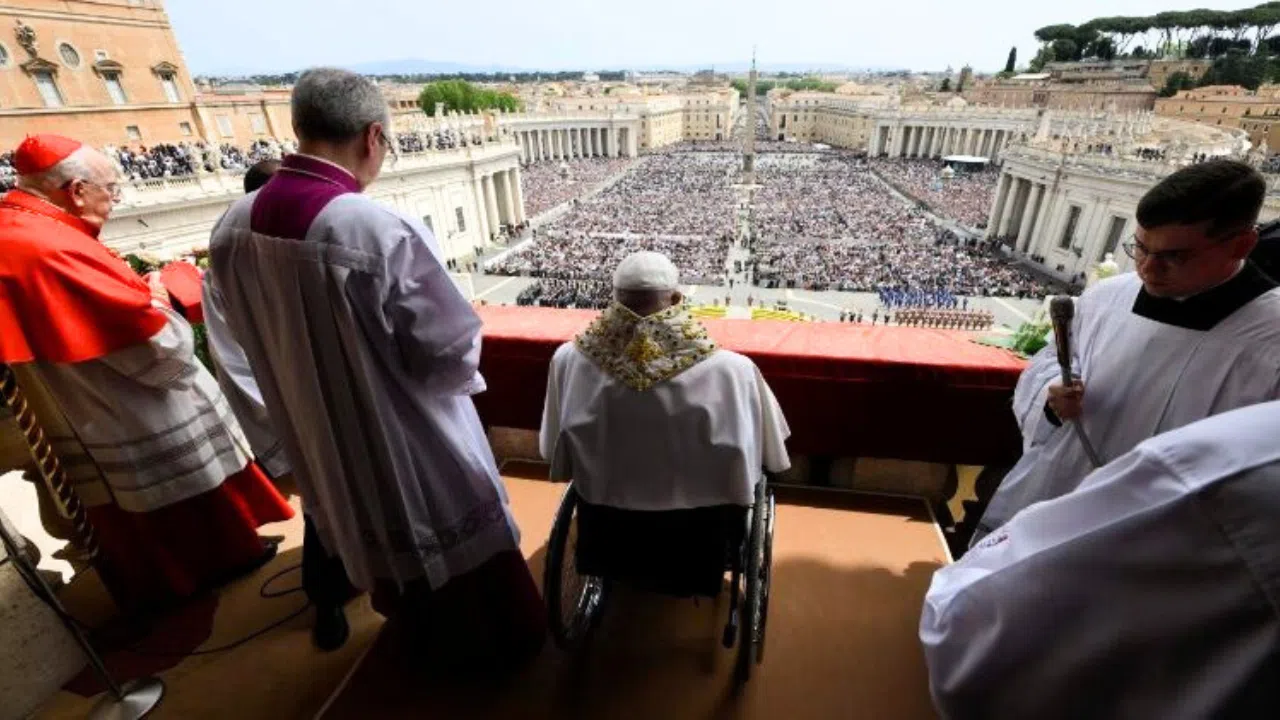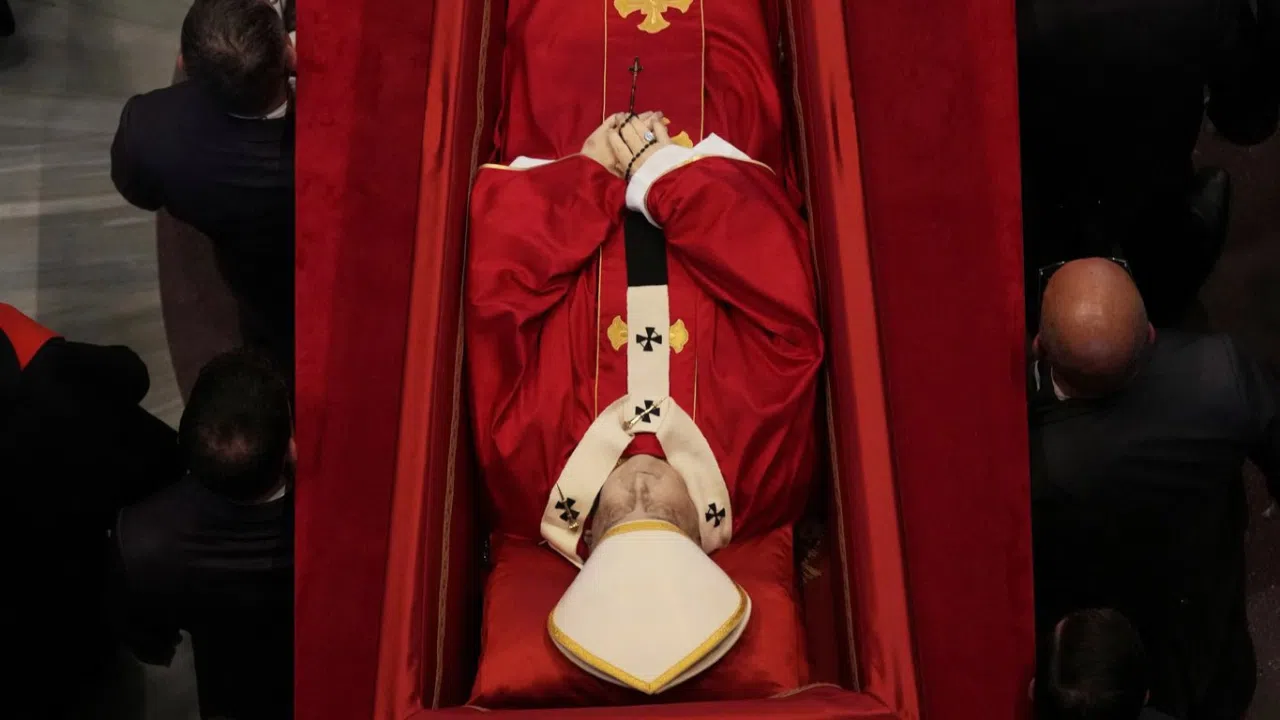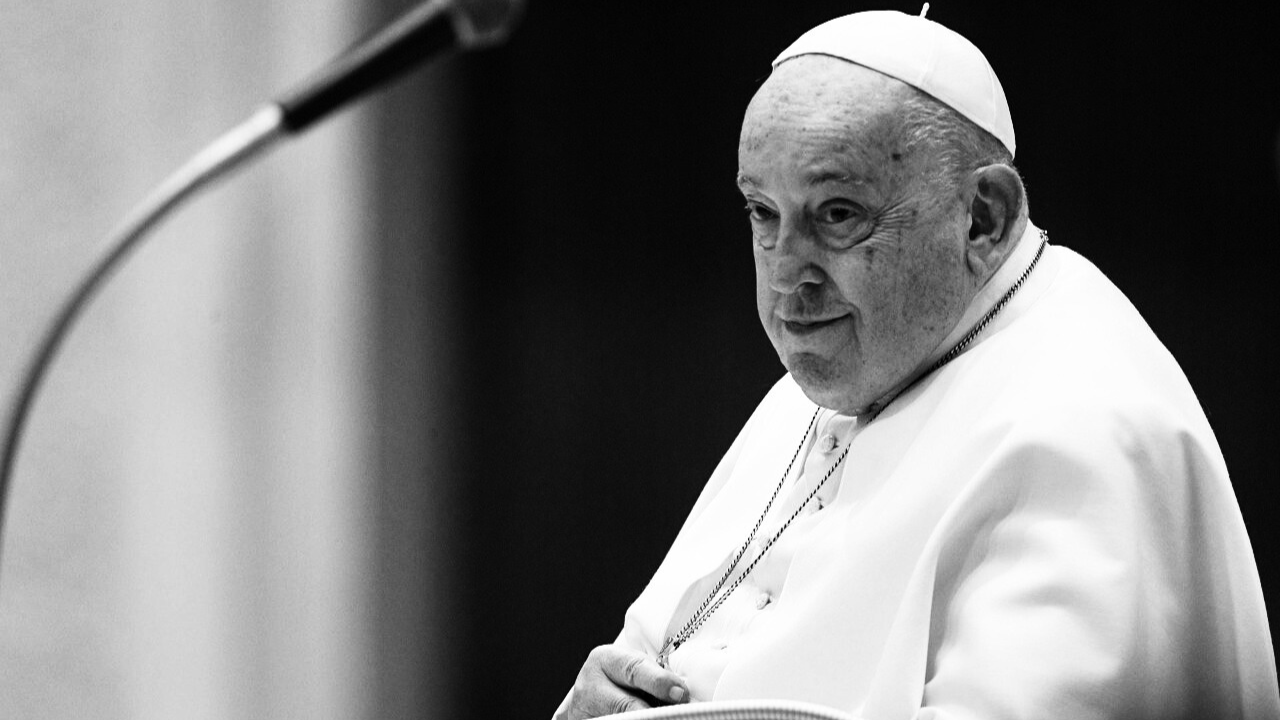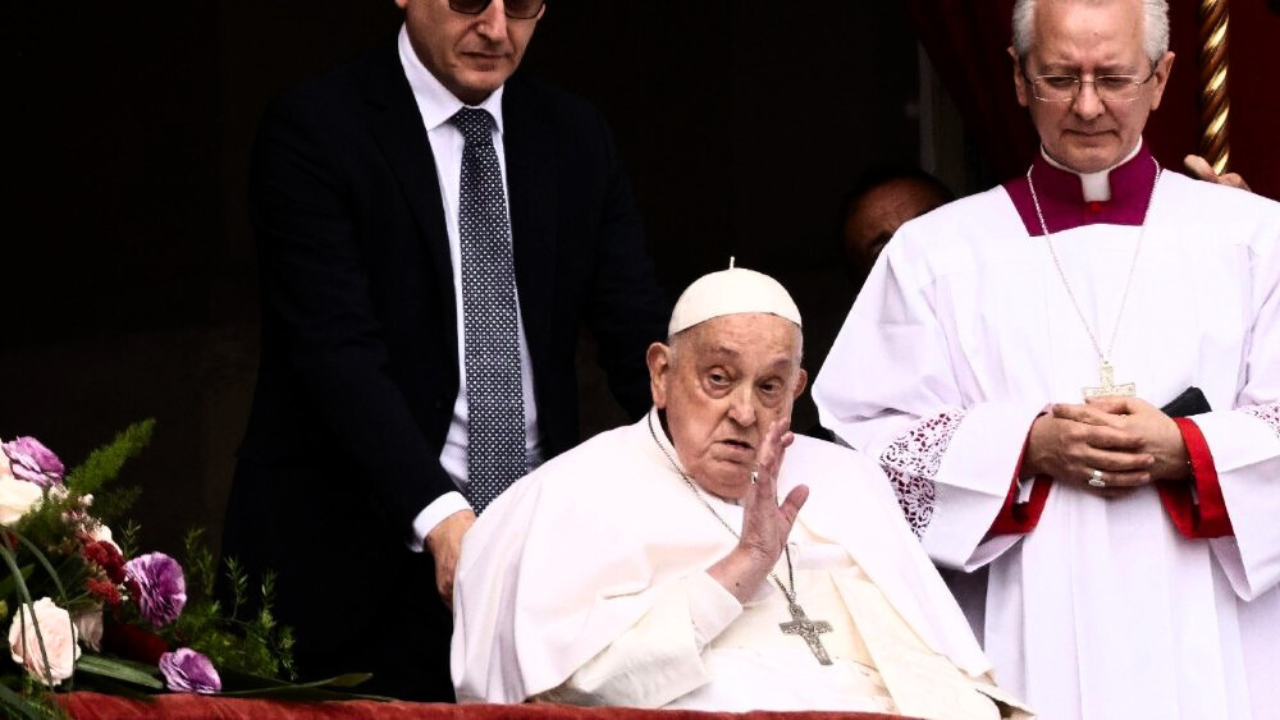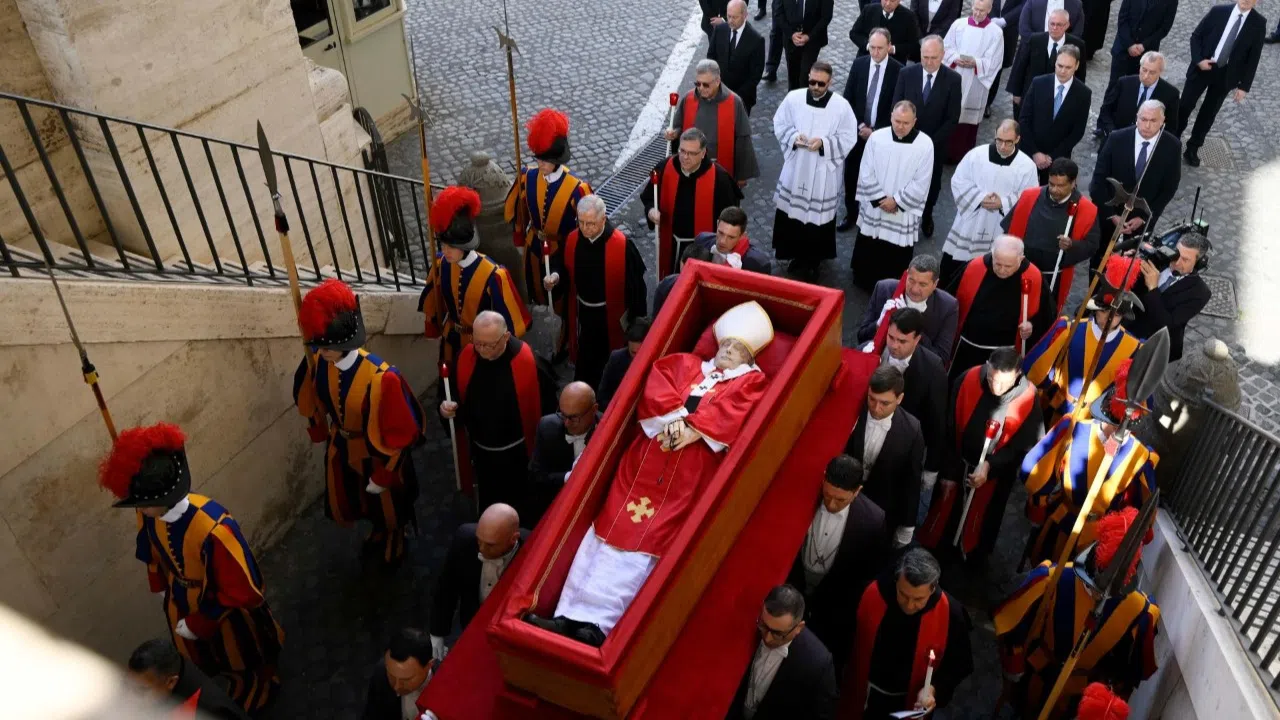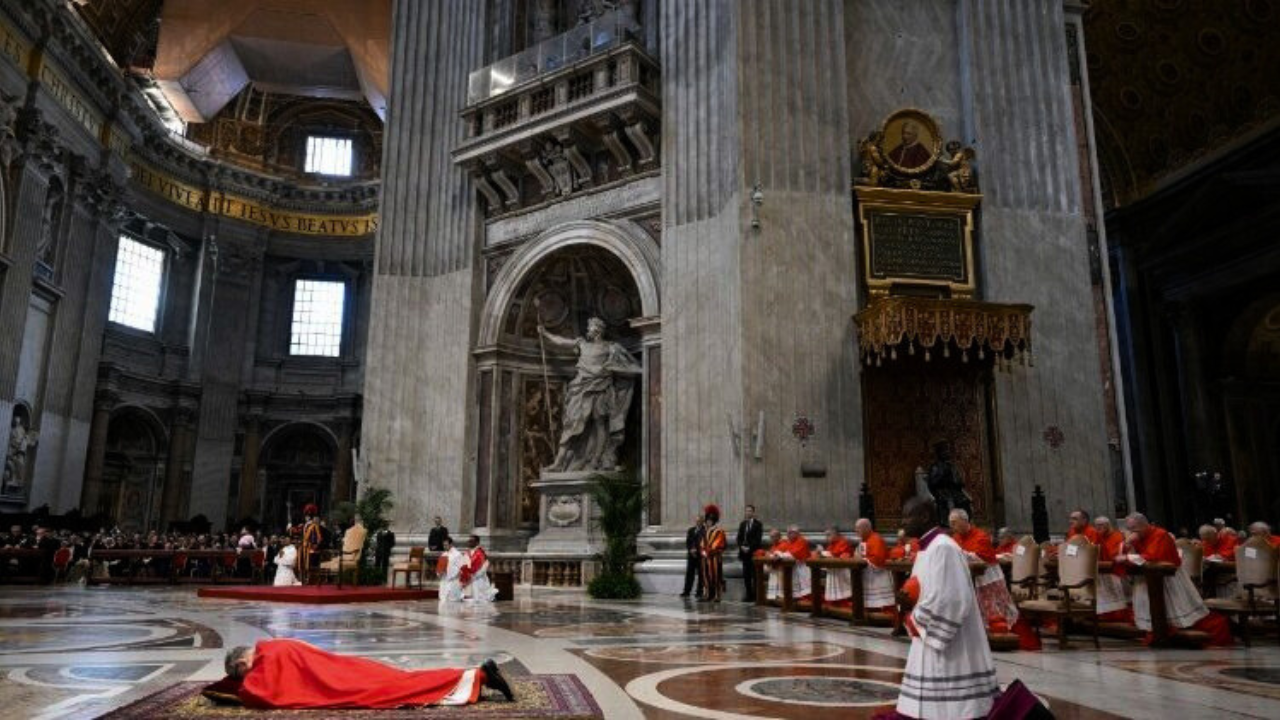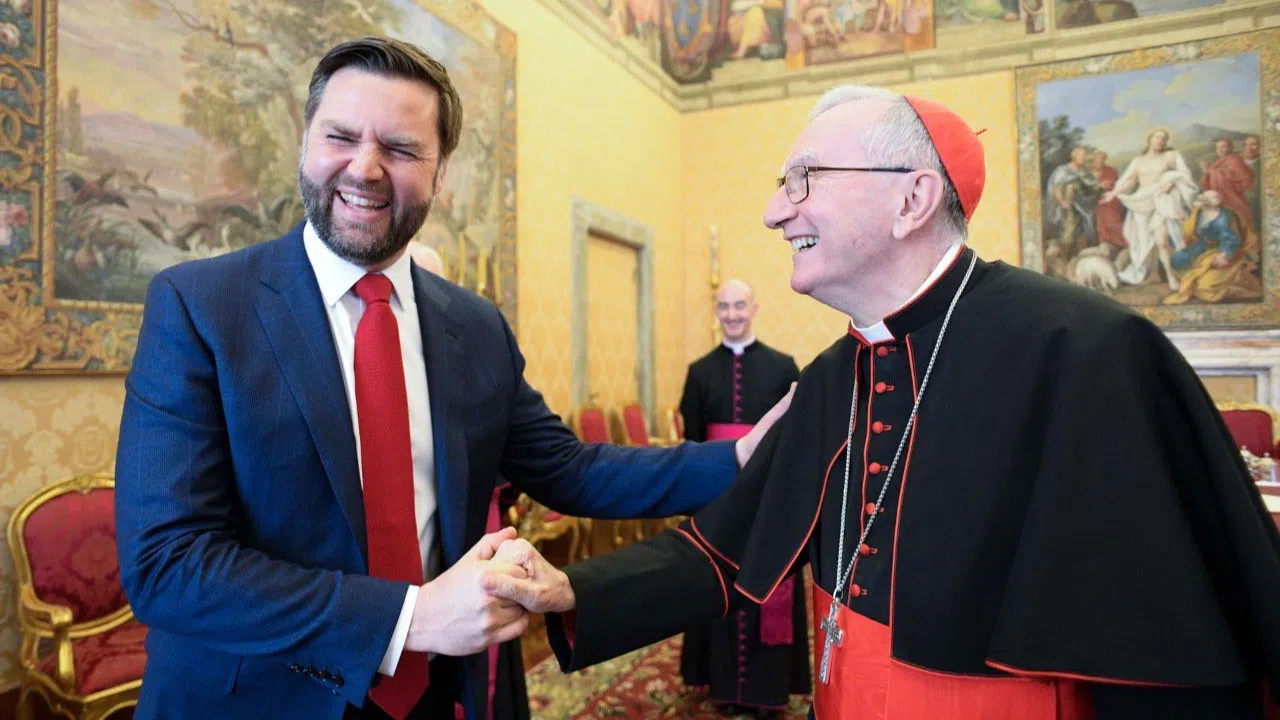One of the most unknown places at the Vatican Museums is its restoration laboratory. Here, extremely delicate and valuable works of art come to have a 'face lift.' The use of a specific laser makes this possible.
The Pope's private chapel, known as the Pauline chapel, was restored back in 2005 with this innovative technology.
Now two important art pieces are undergoing restoration at the laboratory. A 10th century fresco representing a martyrdom, and a 13th century sculpture of the Virgin with a child.
MARCO PRATELLI
Painting restoration laboratory
'We use this extremely precise laser, equipped with optic fiber, that redefines and cleans both paintings and sculptures. This laser was chosen to safely eliminate any residue left of previous restorations in the surface.â?
But not only paintings and sculptures need restoration: some works of art kept at the Vatican Museum's ethnological department need it as well. The laser also works on rare materials such as feathers.
STEFANIA PANDOZY
Restoration Laboratory
'This type of technique is very useful because it does not require the use of solvents that may hurt the work... Also, our laboratory is very involved in the search for natural materials and ideal solutions for man and the environment.â?
The most innovative technology, along with the meticulous labor of the Vatican's restoration team, makes its works of art shine as they did in the past.
YJA/CA
AA
JM
-PR
Up: MPI


